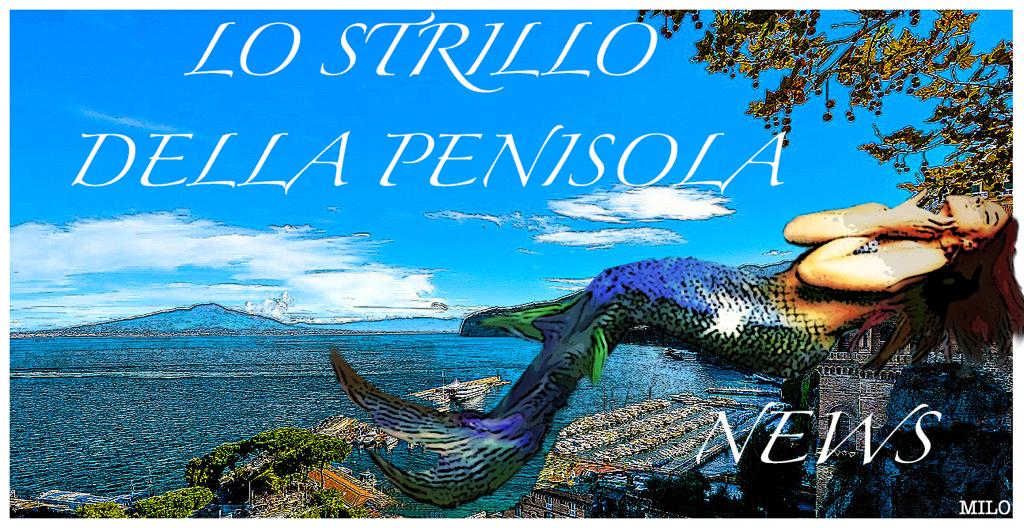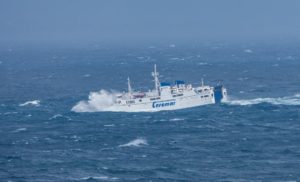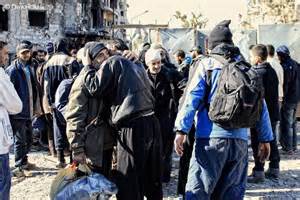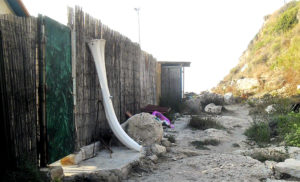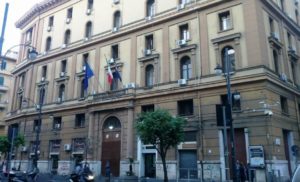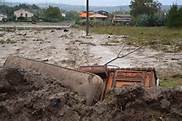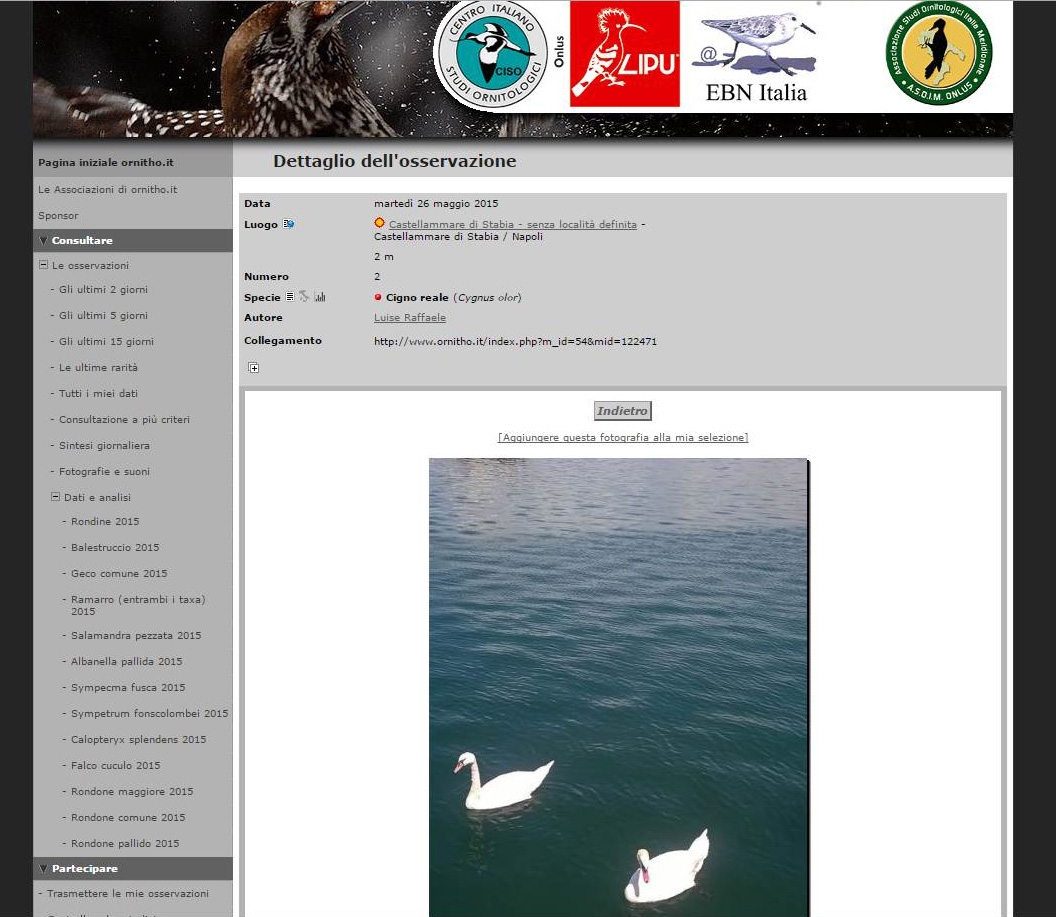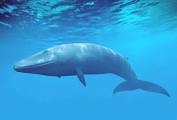ASSOCIAZIONE DI VARIA UMANITÀ
PREMIO CAPRI – S. MICHELE
Il presidente Raffaele Vacca, per il tradizionale Incontro di fine
d’anno, è lieto di invitarVi a leggere “Contemplazione a Capri”,
ovunque Vi troviate, mercoledì 30 dicembre 2015, alle ore 16.
The president Raffaele Vacca, for the traditional End of year get
together, is pleased to invite you to read “Contemplating In Capri” at
4p.m. on Wednesday the 30th.December 2015 wherever you are.
CONTEMPLAZIONE A CAPRI
San Domenico e San Tommaso d’Aquino sostenevano che bisogna
diffondere nel mondo ciò che è stato oggetto della propria
contemplazione (contemplata aliis tradere). Ma siamo in un tempo
in cui spesso si parla e si scrive senza aver prima contemplato,
lasciandosi spingere dal contingente se non dall’effimero, e
ripetendo quel che si è appena letto o ascoltato, senza averlo
pensato e ripensato e senza che sia diventato espressione di se stessi.
Per contemplare si intende l’osservare attentamente e lungamente
quel che attrae e suscita ammirazione, sentendo un’intensa
partecipazione spirituale accompagnata, per lo più, da serenità, e
scoprendo o riscoprendo verità sul vivere e la bellezza del ripensarle.
Per quattro o più secoli, nell’isola di Capri, con la preghiera, il
lavoro, lo studio, la contemplazione fu esercitata dai monaci della
Certosa di San Giacomo, fondata nel 1334, e, per quasi due secoli,
dalle suore del Monastero femminile del Santissimo Salvatore,
fondato a Capri nel 1661 da suor Serafina, e da quello del Monastero
femminile di S. Michele, fondato dalla stessa ad Anacapri nel 1683.
Proprio suor Serafina, che è stato il primo scrittore caprese in
assoluto, rivela come da quel che mirava “andava cavando
meditazione”.
La contemplazione è stata spontanea negli abitanti dell’isola
quando si trovavano davanti a meravigliosi spettacoli della sua
divina natura, anche se essi nulla hanno tramandato di quel che
avevano sentito e pensato.
Testimonianze di contemplazione si ritrovano in opere di coloro
che, soggiornando nell’isola, non si sono dedicati solamente a
descrivere quel che vedevano, come tantissimi altri, ma hanno
rivelato anche quel che sentivano, pensavano e poi ripensavano.
Con il contemplare caprese, tra l’altro, l’imperatore Augusto scoprì
un vivere nel silenzio in armonia con la natura; l’imperatore Tiberio
rafforzò la convinzione che l’inosservanza delle antiche leggi ed il
disprezzo per quelle vigenti rendono spavaldi e portano alla rovina;
Jean Jacques Bouchard visse la bellezza dell’andare per Capri che
considerò terra e per Anacapri che considerò montagna; August
Kopisch si avvide che nella grotta, dove era entrato dopo Angelo
Ferraro ed alla quale avrebbe dato il nome, la luce azzurra che
emana dalla profondità del mare rende l’acqua simile ad un fuoco
azzurro ed ogni onda simile ad una fiamma; Ferdinand Gregorovius
sentì entusiasmo nell’arrampicarsi sugli scogli e nel passeggiare
lungo il mare dove le onde si frangono dolcemente; Axel Munthe
scoprì che la vita degli uomini è sempre la stessa, anche se
continuamente cambia lo scenario del vivere; Maksim Gor’kij
comprese più fortemente il valore del sacrificarsi di una madre per
le convinzioni del proprio figlio condannato per esse; Rainer Maria
Rilke ripensò che gli uomini hanno sbandito il divino, si ritengono i
padroni del mondo, si sono aggrappati alla terra ma ovunque
guardino vedono dolore e morte; Ada Negri sentì che è bellissimo,
tra l’azzurro del cielo e del mare, risorgere nel vento
dell’immortalità; Giovanni Battista Montini scoprì che a metà
dell’autunno l’isola dona giornate di sole, dolce e limpido, da far
sognare; Norman Douglas pensò che l’isola è troppo piccola per
resistere a tutti gli oltraggi alla sua dignità; Amedeo Maiuri si
avvide che, stando nell’isola, ci si può lasciare prendere dal
desiderio di vagabondare con lo spirito tra i fantasmi del passato e
non solo del passato; Edwin Cerio trovò che Capri è insieme una
meta ed un punto di partenza: meta di tutti i pellegrini della
bellezza, di tutti gli spiriti d’elezione che cercano un ambiente di
svago, di calma e di riposo, e punto di partenza per la gran crociera
nel mare della felicità, per il viaggio d’esplorazione del continente
azzurro dei sogni e della poesia; Carmine Savastano si avvide che in
essa c’è un filtrare di segrete dolcezze e ci sono profumi di intensa
bellezza; Graham Greene scoprì che nell’intera isola c’è un’aria
magica, che ad Anacapri c’è una gioiosa quiete, e che nell’isola
bisogna sempre ritornare come se fosse la prima volta.
La contemplazione aiuta a comprendere l’essenza delle cose e a dar
risposta concreta al mistero della vita.
Essa, come disse l’allora cardinale Joseph Ratzinger, dieci anni
prima di venire per la prima volta nell’isola di Capri, “è il dialogo
con la verità e dà al dialogo il respiro della verità”.
Contribuisce a riconquistare la gioventù dello spirito, anche
quando non si è più giovani di età, specialmente se ci si sforza di
realizzare con il proprio agire ciò che si è contemplato e dà forma e
sostanza al proprio essere.
RAFFAELE VACCA
NOTA
I temi dei diciotto autori citati si trovano nei loro brani raccolti in Andando
per l’isola di Capri di Raffaele Vacca, edito da Nicola Longobardi.
CONTEMPLATING IN CAPRI
St. Domenic and St. Thomas D’Aquino believed that one must
share with the rest of the world what has been the object of their
contemplation (contemplata aliis tradere) but we live in a time where
we often talk and write without due prior contemplation, allowing
ourselves to be propelled by the circumstantial if not the
ephemeral, repeating what we have just read or listened to without
having carefully considered and reconsidered it and without having
made it our own.
Contemplation is taking the time to carefully observe what
attracts and elicits admiration, feeling spiritually part of it, thus
discovering or rediscovering the truths of life.
For four or more centuries, contemplation on the island of Capri
was exercised through prayer, work and study by the monks at the
“Certosa di San Giacomo” founded in 1334 and for almost 2
centuries by the Sisters of the Monastery of the “Santissimo
Salvatore” founded in Capri in 1661 by Sister Serafina, and the
“Monastery of San Michele” also founded by Sister Serafina in
Anacapri in 1683.
Sister Serafina was the very first Caprese writer and tells us how
she would find reason for contemplation in what she observed.
Contemplation was spontaneous in the inhabitants of the island
living in constant contact with the amazing display of its divine
nature; although they have not passed on their feelings or what
their thoughts were.
Evidence of contemplation can be found in the works of visitors to
the island who have not only described what they observed but
have also shared their feelings, their thoughts and reflections.
Emperor Augustus in his contemplation on Capri, discovered a
way of life in silence harmonizing with nature.
Emperor Tiberius strengthened his belief that failure to abide by
ancient laws and contempt for those currently in force creates a
smugness which leads to disaster.
Jean Jacques Bouchard appreciated the beauty of the island
during his walks in Capri, which he considered city and in Anacapri
which he called land or mountain.
August Kopisch noticed that the blue light that comes through
from the depths of the sea in the grotto that he explored after
Angelo Ferraro, and to which he gave the name of “Blue Grotto”,
makes the water resemble a blue fire and each wave similar to a
flame.
Ferdinand Gregorovius enthused about climbing the cliffs and
walking along the sea shore where the waves break gently.
Axel Munthe found that although the backdrop of living changes
constantly, the life of humans is always the same.
Maksim Gor’kij more deeply understood the value of the sacrifices
of a mother for the beliefs of her son for which he has been
sentenced.
Rainer Maria Rilke believed that men have banished the Divine,
consider themselves the masters of the universe by clinging to
earthly possessions, but wherever they look they see pain and
death.
Ada Negri imagined the awe of coming to life in the wind of
immortality among the blue hues of the sky and the sea.
Giovanni Battista Montini found that in mid -autumn the island
gifts mild and bright sunny days conducive to dreamings.
Norman Douglas thought the island too small to withstand all the
affronts made to its dignity.
Amedeo Maiuri realised that while living on the island, one can
easily surrender to the desire of roaming with one’s spirit among
ghosts of the past and not only of the past.
Edwin Cerio thought of Capri both as a destination and a starting
point: destination for all the pilgrims in search of beauty and for all
the free spirits in search of peace and relaxation; starting point for
the great cruise on the sea of happiness and for the journey of
exploration of the blue continent, land of dreams and poetry.
For Carmine Savastano the Island is a filter of secret pleasures and
boasts scents and aromas of intense beauty.
Graham Greene discovered that the whole island is bathed in a
magic atmosphere, that in Anacapri there is a joyous peace and
that one must always return to the island as if it were the first time
one is going there.
Contemplation helps to comprehend the essence of things and to
give concrete answers to the mystery of life.
As the then Cardinal Joseph Ratzinger said ten years before
coming to the Island of Capri for the first time, “the island is
dialogue with truth and breathes truth into dialogue”.
It contributes to the regaining of spiritual youth even when one is
no longer young in years, especially if efforts are made to achieve
through actions what one has contemplated and gives shape and
substance to one’s being.
RAFFAELE VACCA
Traslated by TERESA GENTILE
NOTES
The subject matter attributed to the eighteen authors mentioned
above are found in the essay collected in “Andando per l’isola di
Capri” written by Raffaele Vacca and published by Nicola
Longobardi.
